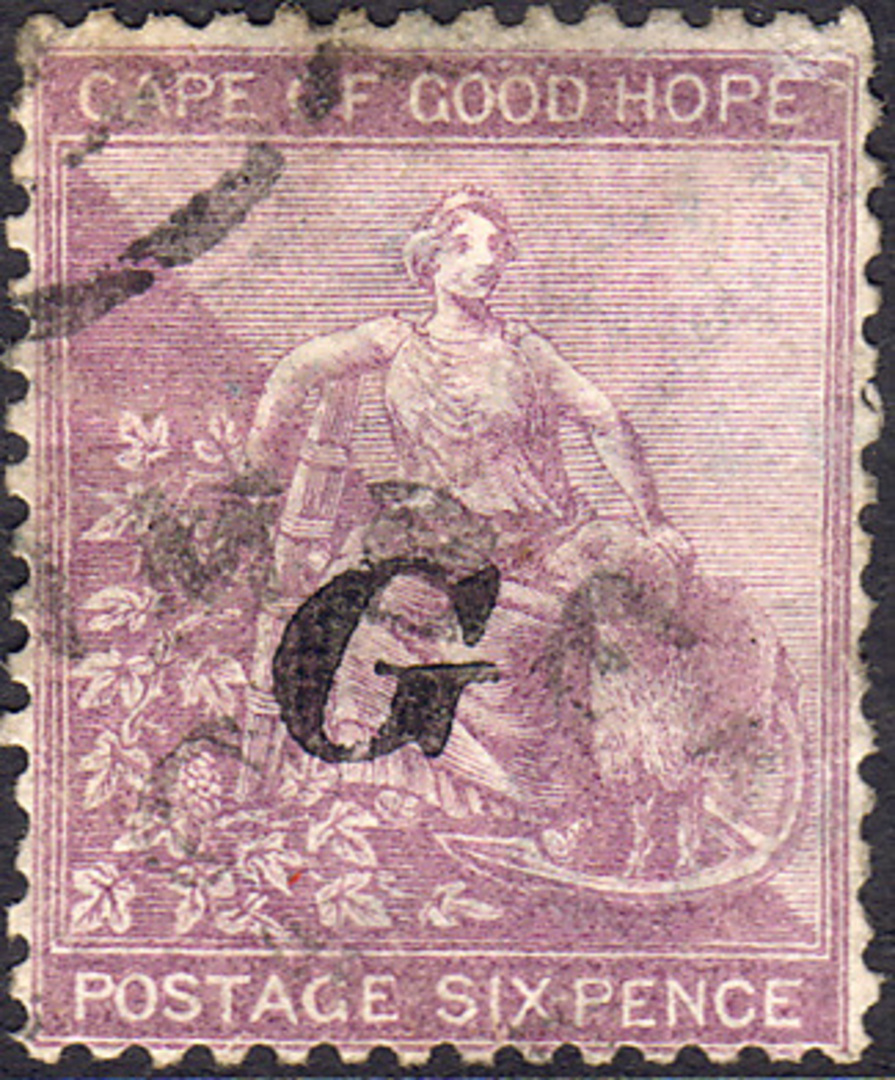The Griqua were a multiracial group probably descended from a combination of European settlers and local Khoi, San and Tswana women. As racial attitudes hardened, partially as the requirement for land raised tensions, many of the Griqua migrated north and east from the Cape Colony to establish settlements out of the way of the Europeans.
Under the influence of the London Missionary Society (who were in part concerned to block the Boers who were eyeing the area as part of The Great Trek of the 1830s and 1840s) many of these people eventually settled in what became Griqualand.
In 1843 the Griquas aligned themselves with the British, and received military aid against Boer settlers and in 1848 the Griqua leader helped British troops who were fighting the same enemy.
Despite this occasional military alliance the area did not receive much attention until the 1866 diamonds discovery. A flurry of claims on the area followed, with the chief of the Griquas being awarded control before ceding the area to Great Britain and West Griqualand became a Crown Colony in 1873, Kimberley its main town.
There was no postal service prior to 1871 when the stamps of the Cape of Good Hope could be officially applied to the mails. It is likely that postal rates were the same as the Cape Colony but no records exist. In September 1874 the Post Office at Kimberley ran out of 1d red stamps and the Postmaster applied a temporary "1d" manuscript surcharge in red ink, this is the first stamp of Griqualand West and is listed as number 1 in the Stanley Gibbons catalogue.
In 1877 there were no more than perhaps 11 Post Offices throughout the territory and all were issued with Cape stamps overprinted "G. W." and "G".
These "G" overprinted stamps, in use from March 1877 to October 1880 (the remaindered stamps being sent back to Cape Town and redistributed throughout the Colony) have fascinated generations of collectors. Each sheet consisted of 240 stamps in four panes of 60. The "G" overprint "forme" had 60 or 120 positions so was applied to a full sheet four or two times, each contained "G's" of various different typefaces (such was the scarcity of printing materials).
Some typefaces are scarcer than others and were applied in both black and red inks, there are also many errors including overprints inverted, doubled or even trebled!
The stamps and elusive postal history of this atmospheric and historical area, so important to British colonial interests, make a small but enchanting sideline to any serious British African collection.


 General
General
 General
General
 General
General